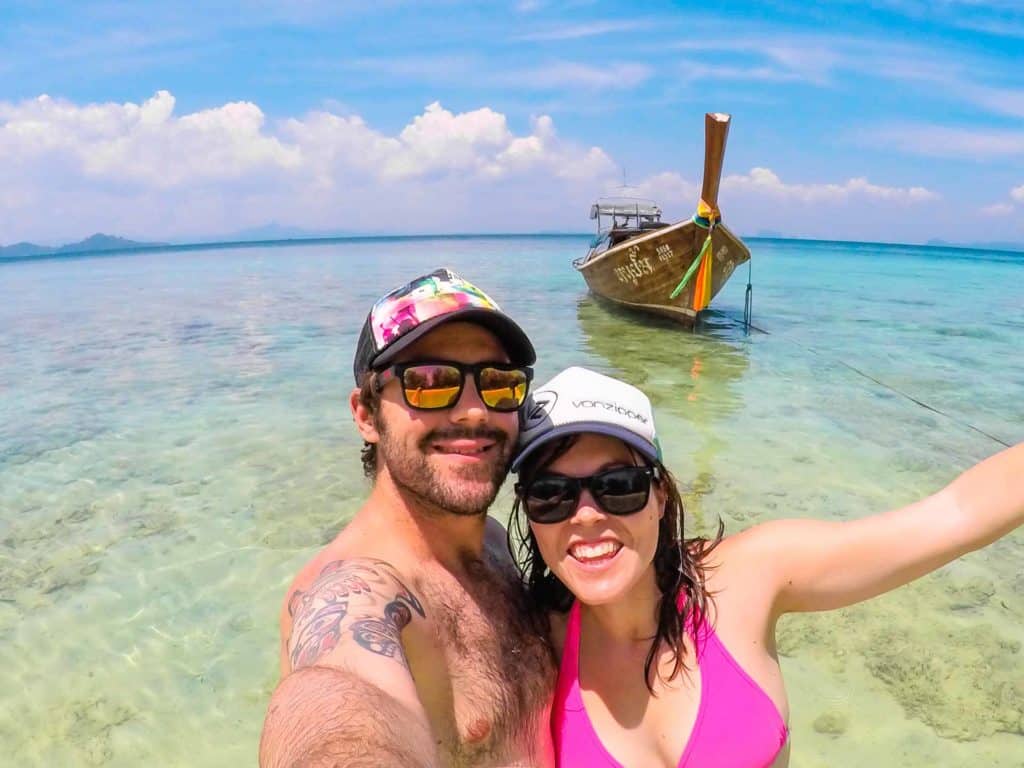If you’re not sure what places to visit in Uzbekistan then check out our guide on some of the top spots in this beautiful Central Asian nation!
Uzbekistan is growing in popularity as a travel destination and is home to some of the Islamic world’s most stunning architecture, pretty epic scenery and a fair number of reminders of its brief stint as part of the Soviet Union.
With the visa process now very straight forward and currency exchange rates at banks matching what’s on the black market, Uzbekistan has become a far more accessible travel destination.
Without further ado, let’s check out some of the best places to visit in Uzbekistan.
Table of Contents
The Most Incredible Places to Visit in Uzbekistan
Uzbekistan is a relatively small country and each of these places is quite accessible with a one or two-week itinerary.
1) Tashkent
Uzbekistan’s capital is the largest city in Central Asia. A sprawling metropolis of almost 2.5 million people, it is here where Tashkent’s Soviet past is most apparent.
The area around Amir Timur Square and the Navoi Theatre is home to plenty of Soviet-style buildings. Giving the impression that the influence of mother Russia is still strong here.
For the majority of travellers, Tashkent is their first stop. Sadly it doesn’t get a lot of love from the travel community, with many seeing it as a more of a get-in-get-out kind of place.
However, if you scratch the surface you’ll find there is plenty to see and do, with the city offering a very different experience to anywhere else in the country.
Check out old Tashkent around the Kolkuz Canal. Get lost in the hustle and bustle of Chorsu or immerse yourself in one of the cities many museums.
Alongside this, there’s some lovely Islamic architecture. Although it’s not really on par with Uzbekistan’s ancient cities, it’s certainly nothing to scoff at.
Khast Imam and Tashkent’s Islamic University are well worth checking out. The modern, but little known Minor Mosque is also particularly lovely to visit at sunset.
After the collapse of the Soviet Union, the country was ruled by it’s President/Dictator Islam Karimov.
Since his death in 2016 the country has opened up to the outside world. But it’s still one of the world’s most repressive states.
Head to the Islam Karimov museum close to Kosmanavtlar subway station for an understanding of the cult of personality that surrounded and, to some extent, still surrounds Mr Karimov.
READ MORE: Check out all the other great things to do in Tashkent in this post!
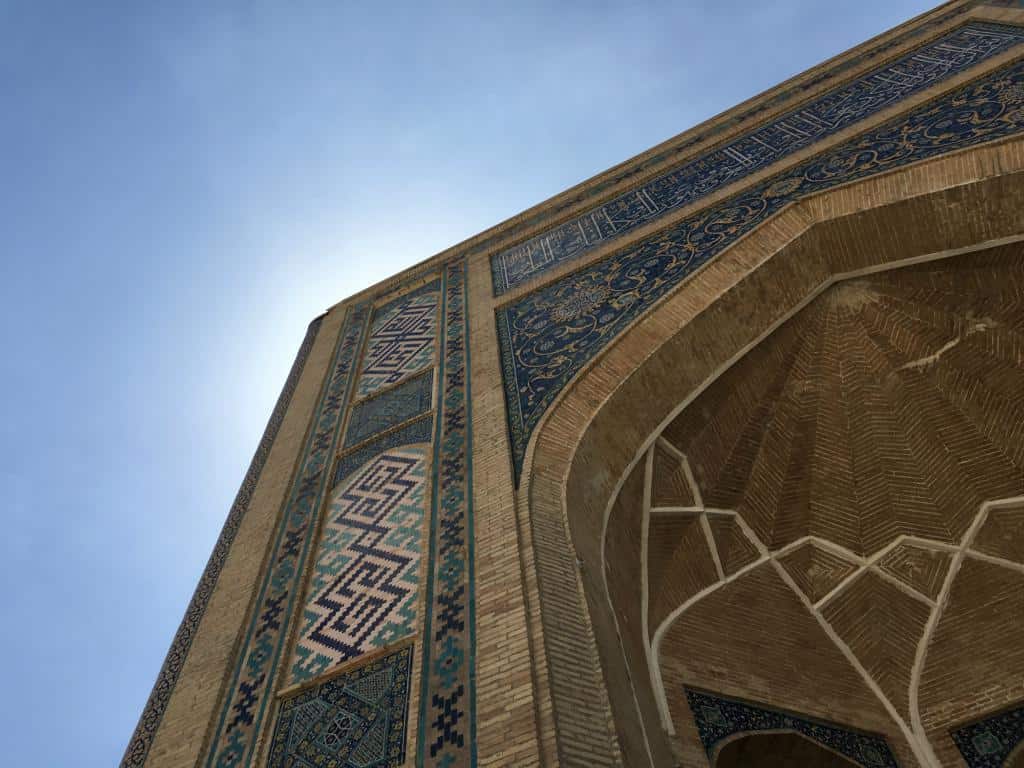
2) Chimgan Canyon, Charvak Reservoir and Chatkal Biosphere Reserve
Approximately 2 hours north of Tashkent you will find one of Uzbekistan’s mountain playgrounds.
Granted Uzbekistan doesn’t have the alpine wonder of Kyrgyzstan and Tajikistan. However, there is some decent hiking and outdoor activities to be taken on in this small northeastern pocket of the country.
The Charvak reservoir is a great place to visit if you want to relax by the water. Plenty of locals from Tashkent head up here in the summer months.
And there’s a healthy community of windsurfers and paraglider’s here as well!
Half an hour or so up the road you will find the village of Chimgan, the gateway to the Chimgan canyon. There are quite a few hiking trails here. But don’t expect things to be clearly marked.
Further on again and you will find the Chattel Biosphere Reserve. There are oodles of trekking options.
However, as this region and this type of tourism is still very under-developed in Uzbekistan you need to be an experienced trekker with all your own gear.
Although it can be a challenge to get out here, the rewards are worth it.
READ MORE: This travel guide will help you prepare for your trip to Uzbekistan.
3) Samarkand
Samarkand may be home to some of the most breathtaking architecture in the Islamic world.
At the city’s beating heart is the Registan, which is a stunning complex made up of 3 madrasas and a public square.
The Registan at Samarkand is regarded as being the hub of the Timurid Renaissance; a period of extensive culture, architectural and scientific discoveries and developments within the Timur empire between the 14th and 16th centuries.
From 1370 to 1405 Samarkand was the capital of the Timurid Empire and the empire’s opulence and power can be seen everywhere.
Although a modern city has grown around the Registan, Gur-e-Amir and Shah-i-Zinda, the history that conceived the stunning structures is still almost tangible.
Get to the Registan early to avoid the crowds before checking out the Bibi-Khanyam Mosque and Shah-i-Zinda. Sunrise presents great lighting for photos, with the Registan being particularly stunning.
Further away from the city centre you’ll find Ulugbek’s Observatory and Russified Navoi Ko’chasi area. The latter generally escapes the tourist radar and has plenty of old mosques and mausoleums to check out.
If architecture is your thing then this is one of the best places to visit in Uzbekistan and, indeed, in all of Central Asia.
READ MORE: Check out all of these other great things to do in Samarkand!
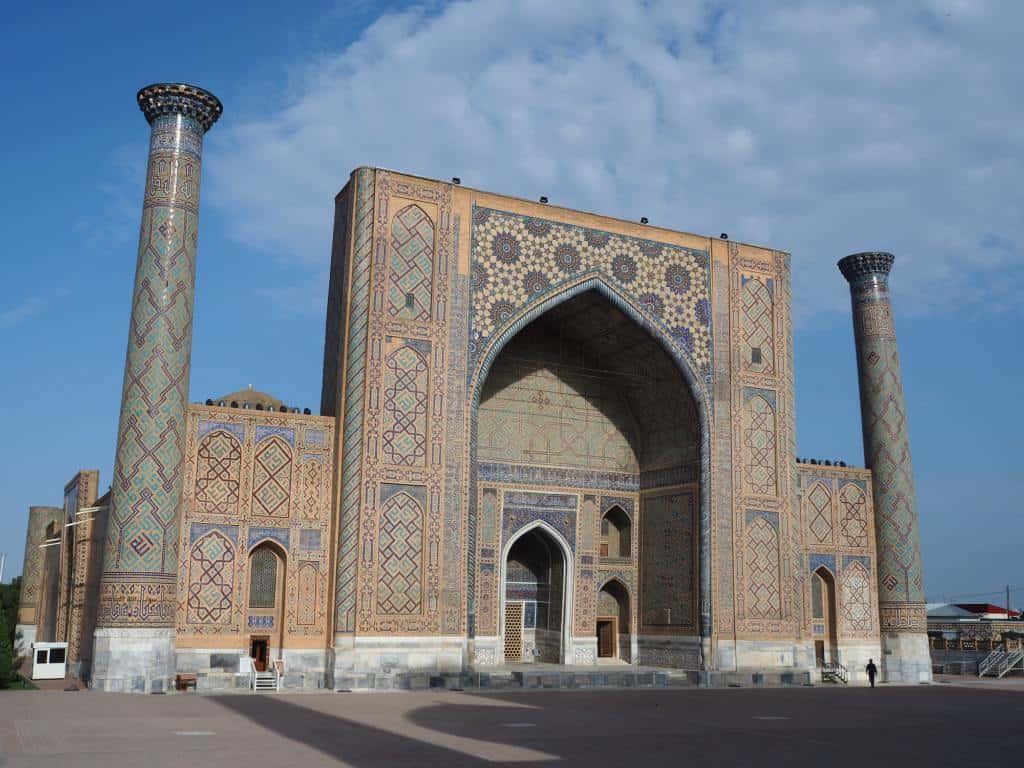
4) Shahrisabz
About an hour outside of Samarkand is Shahrisabz, a town of great importance during the Timurid empire.
Its highlight is the ruins of the Ak-Saray Palace. Building commenced on the orders of Timur, Central Asia’s greatest conqueror.
Although now all that remains of this once spectacular palace is two 38 metre Pishtaqs (a rectangular frame around an archway in Islamic architecture).
Shahrisabz’s sights are clustered together in the city’s heart. Alongside the Ak-Saray palace, there is the rather lovely Kok-Gumbaz Mosque and the Khazrati-Imam Complex that are well worth checking out.
Taking your time exploring the ruins and mosques and madrasa’s that make up the centre of Shahrisabz. On a hot day, this huge open area bakes under the oppressive Uzbek sun.
Most people visit Shahrisabz as a day trip from nearby Samarkand, with private taxi’s available for roughly $40+ for the day.
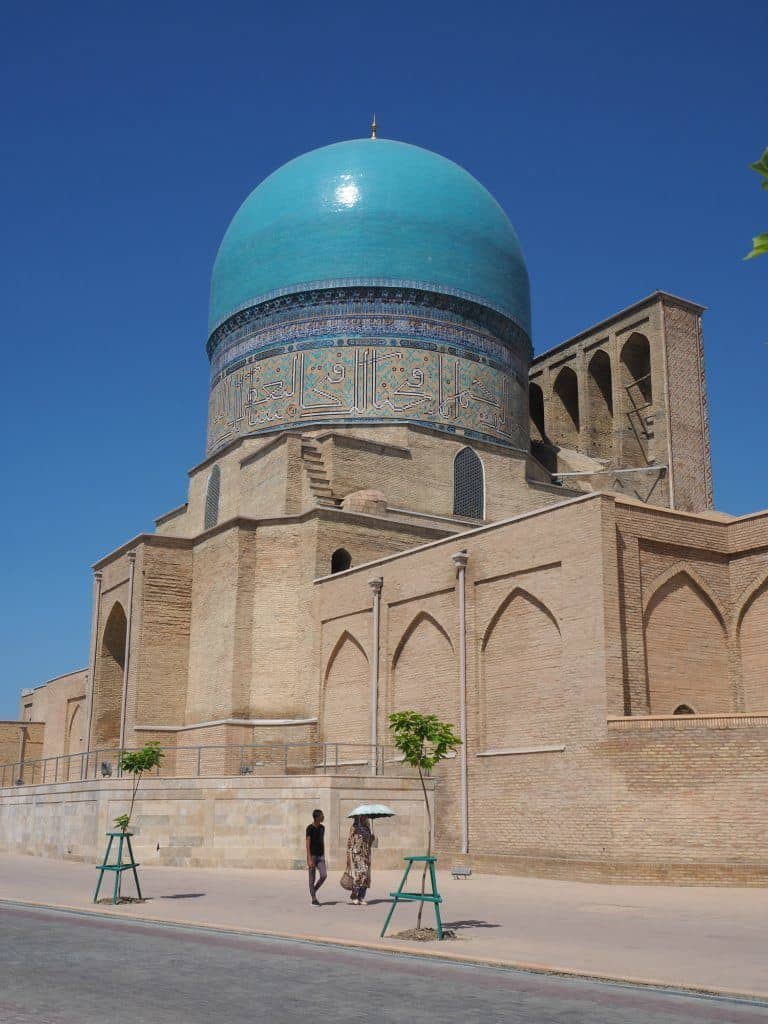
Important Note! Before you book any international trip, we honestly recommend getting travel insurance. You never know when things will go wrong, and medical bills can add up quickly if you get sick or injure yourself overseas.
Our personal recommendation based on our own experience is World Nomads.
5) Bukhara
Bukhara is the second of Uzbekistan’s 3 ancient cities, the other two being Samarkand and Khiva.
Much of the old town remains, with its iconic Kaylon Mosque and minaret and the Ark forming the slightly off-centre portion of the city.
Bukhara was at the heart of the great game between the Russian and British Empires, with the former moving south and latter have interests in Afghanistan.
The fearsome Khan of Bukhara was an uncompromisingly cruel ruler with a penchant for rules, order and respect. The city became synonymous with the fate of Charles Stoddart and William Conolly.
Both men were beheaded outside the Ark. Safe to say their missions were not a great success.
You could easily while away a couple of days exploring the city’s back streets and various nooks and crannies. Bukhara is chock-full of mosques and mausoleums that are well worth exploring.
Head a little further afield to check out the Emirs summer palace and the Jewish cemetery.
Make sure you head to Chashmai Mirob for a spectacular sunset view over the city.
In addition head over to the Emirs Summer Palace on the city’s outskirts for a glimpse of the luxury, the last Khan of Bukahra lived in.
READ MORE: Be sure to read this post for all of the other great things to do in Bukhara!
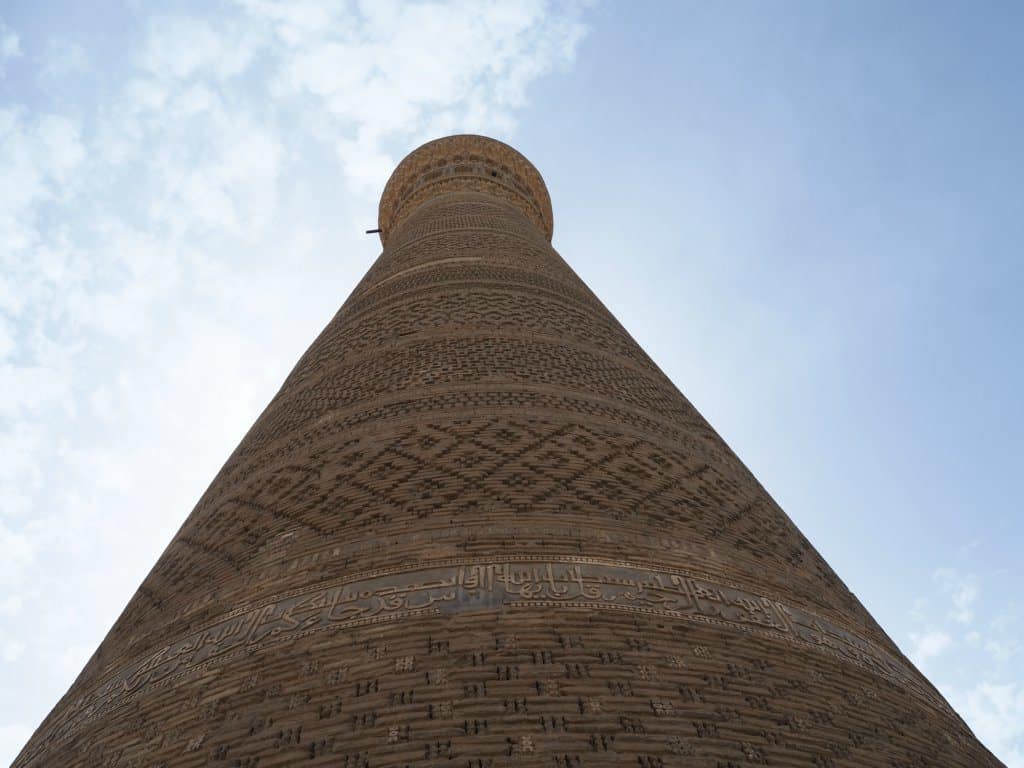
6) Khiva
The smallest of Uzbekistan’s three ancient cities, Khiva’s highlight is the beautiful walled Ichan-Kala.
Whereas the history of Samarkand is routed in majesty and opulence, and Bukhara is known for its historical executions, Khiva was home to the largest slave market in Central Asia.
It was here that slaves from Russia, Persia and various other tribes we brought, sold and held to ransom. But walking amongst the mosques, madrases and mausoleums the city certainly has a very different feel now.
At the Ichan-Kala’s western gate you can purchase a 2-day ticket giving you entry to numerous sights within the old town’s walls.
The city’s most well-known sight is the Kalta Minor Minaret. Whereas most minarets are tall and slender, the Kalta Minor is short and fat. And when it’s lit up at night it’s absolutely spectacular.
There are also numerous other mosques, madrasas and mausoleums dotted throughout the city’s narrow twisting streets.
The Islam-Khoja Minaret offers some amazing views over the city.
One great tip is to start the day with an early morning walk around the city walls, the old town will be coming to life and you will avoid the brutal midday sun.
READ MORE: We recommend these other great things to do in Khiva!
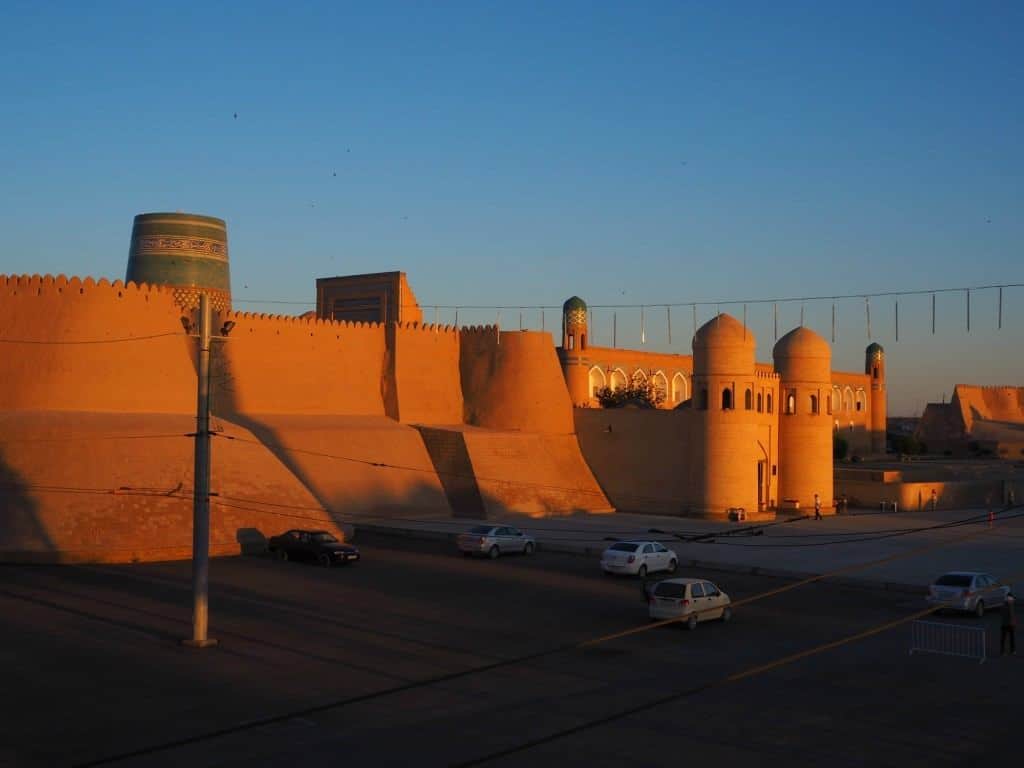
7) Elliq-Qala Fortresses
Another gem close to Khiva are the Elliq-Qala fortresses, a group of 50 of so ancient desert fortifications.
The vast majority have been lost to the harsh desert climate.
However, there are some that are still in standing tall and give a sense of the power of the regions ancient khanates.
Your guesthouse or the guesthouses close to the west gate will be able to arrange transport for the day.
Expect it to be between $20-$40 depending on the number of people and the size of the vehicle.
Alternatively head to the north gate where private taxi and marshrutka drivers hang out.
You may be able to negotiate a cheaper price, but be aware that it’s very unlikely any of them will speak English.
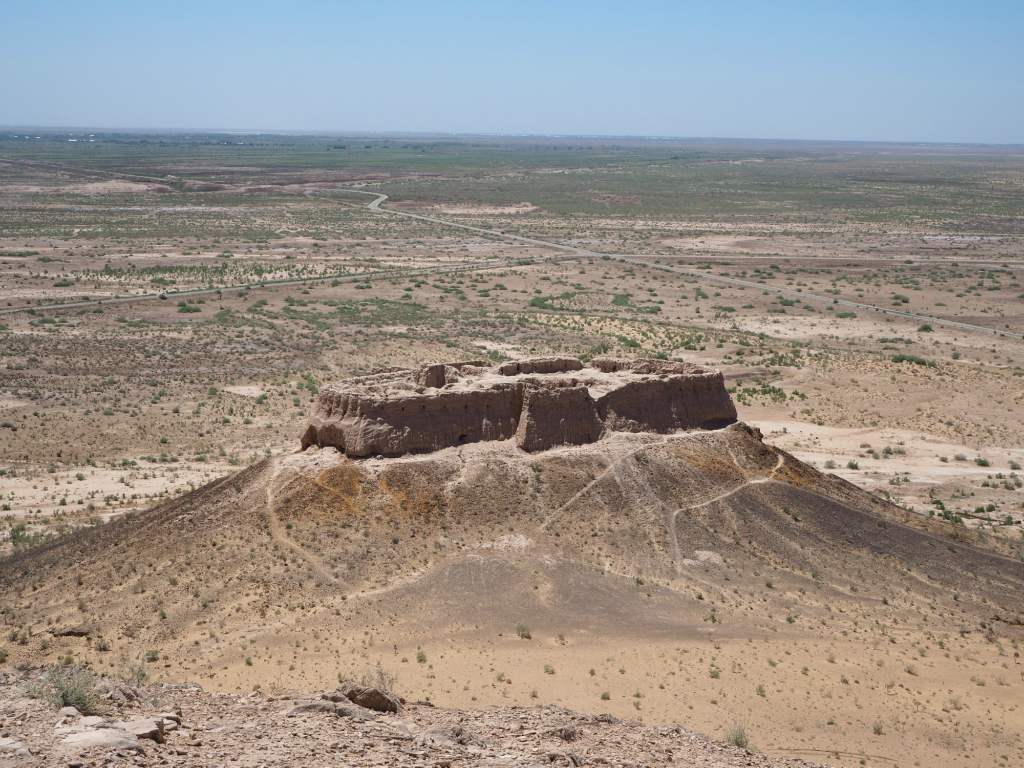
8) Nukus
Nukus is the capital of Karakalpakstan and rather unsurprisingly has an ‘end of the line’ feel about it.
All organised tours to the Aral Sea depart from and finish in Nukus. However, it is also possible to reach Moynaq by public transport from Nukus.
Nukus is mainly known for being the home of the Savitsky Museum, a collection of banned Soviet-era art.
There are some rather fantastic pieces on display. However, it’s hard to really understand why some of these pieces were banned.
Let’s face it, if you were to hide some artwork from the authorities, Nukus is a pretty good place to start.
There’s also the number of mini versions of Uzbekistan’s architectural wonders at the children’s recreation centre. It also contains a few fairground style activities and refreshment stands.
Just on the outskirts of Nukus, you will find the spectacular mausoleums of Mizdakhan, although they are very often included in Aral Sea tours.
9) Aral Sea
If you have the time and money (it’s not a budget-friendly option) then a 2 day trip out to the Aral Sea is an experience you won’t soon forget.
Once the world’s 4th largest lake, the Aral Sea is now just 20% of its original size. This is because the Soviet Government diverted tributary rivers to feed thirsty cotton fields elsewhere in Uzbekistan.
Its decline has decimated towns and industries. Cancer rates in the surrounding areas have skyrocketed thanks to the saline-rich dust and the exposure to metals as the sea has receded.
This is of the greatest man-made ecological disasters in history.
As the sea has receded, numerous countries are now searching for the natural gas Soviet scientists believed lay below the sea bed.
Check out the abandoned fishing village of Urga and the spectacular views from the Ustyurt Plateau.
Be bowled over by military-grade runway in the heart of said plateau and contemplate it all as you watch the sunset over the Aral Sea.
This is definitely a fascinating and emotive experience.
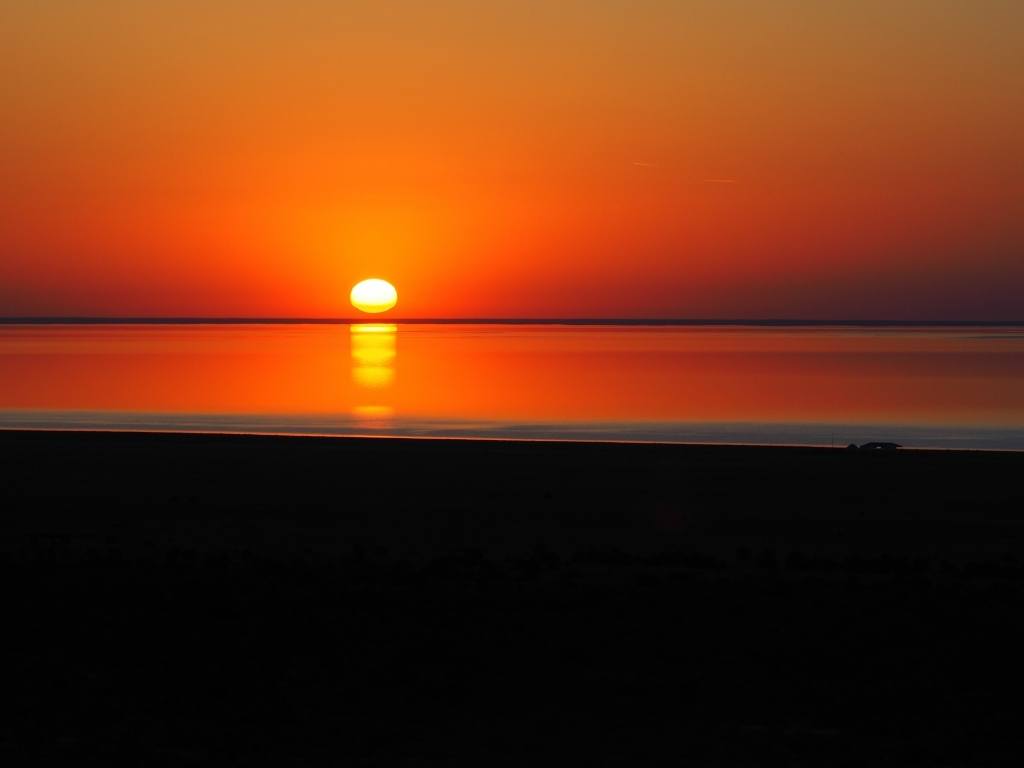
10) Moynaq
Moynaq is perhaps the starkest demonstration of the human impact of the Aral Sea disaster.
As the sea receded the fishing industry, which was the lifeblood of the town, literally dried up. Unemployment remains high and many people still live in poverty.
For many, tourism brings in much-needed revenue.
As the sea receded many of the fishing ships that used to ply these waters were left to rust. They now sit some 50km from the sea itself as a poignant reminder of the impact felt in this town.
Moynaq’s ship graveyard is what draws visitors. The sight of rusting ships alone on what was once the seabed is tragically poignant.
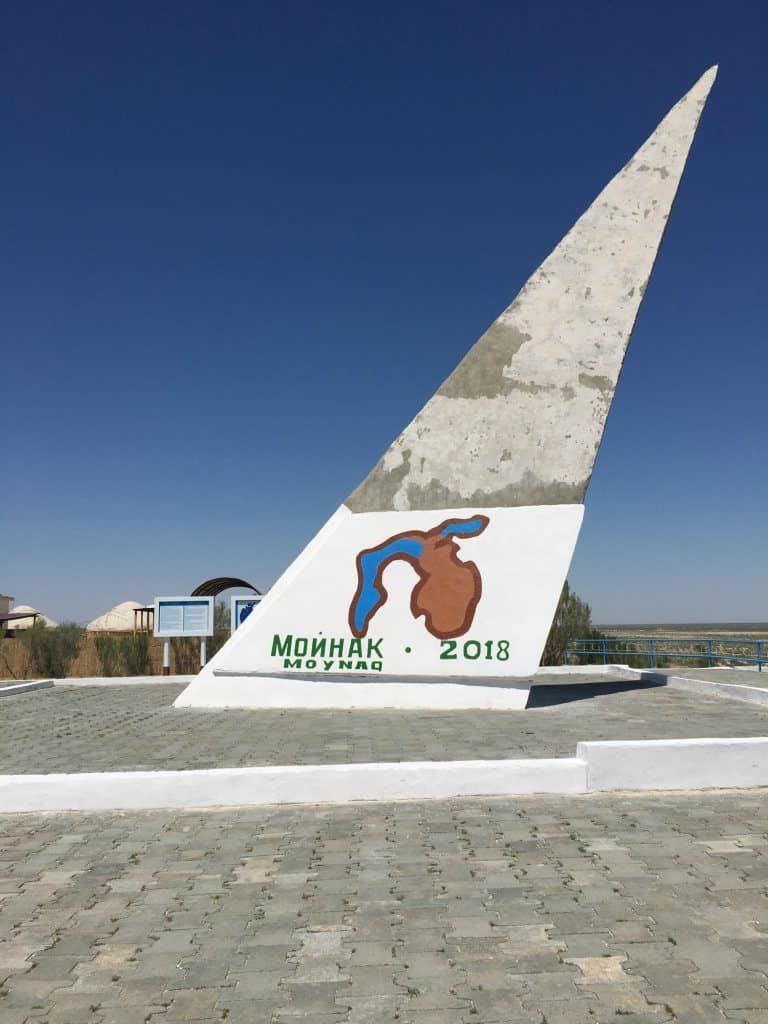
11) Fergana
Located in the heart of the Fergana Valley, this is one of the newest and least Uzbek (in terms of ethnic makeup) cities in the area.
However, it is a great place to base yourself to explore the surrounding area.
With a large population of Russians and Koreans, it offers something very different from other cities in Uzbekistan.
Its tree-lined streets and Russian architecture give it a mini Tashkent feel.
The city’s bazaar is the most notable attraction. However the museum of regional studies and Al-Fergani Park are also worth visiting.
The town of Margilon is an easy day trip from Fergana.
The main attraction here is the Yodgorlik Silk Factory, where silk garments are still made using the traditional method of steaming the silkworms. Tours are available in multiple languages.
12) Kokand
Home to some of the most spectacular architecture in the Fergana Valley, Kokand is definitely worth a visit if time permits.
The jewel in the crown here is the Khan’s Palace.
It was built in 1873 by Khudayar Kahn, a cruel and ruthless ruler.
Revolts by his people meant that he was booted out of the palace 2 years after it’s construction. After winding up under Russian protection, the Tsar’s forces moved in defeated the Khanate permanently relieving him of his job.
Half of the palace was taken up by the Khan’s harem. With Islam only permitting four wives the Khan had a mullah on stand by to perform marriages that were set to last one night at the drop of a hat.
In addition to the Kahn’s palace make sure you check out Dakhma-i-Shokhon, the Modari Khan Mausoleum, the Narbutabey Mosque and Madrasa and the Stone Tablet of Nodira.
These sights are all clustered together in the city’s North East.
Also, be sure to spend some time wandering around the city’s old town, which has few mosques and madrasas that are worth checking out.
13) Nurata and Lake Aidarkul
This area is home to Uzbekistan’s burgeoning eco-tourism movement around Lake Aidarkul and within the Nuratau-Kyzylkum Biosphere Reserve.
Nurata is a great place to base yourself to experience either.
The town itself has a few quirky sights including the fortress of Alexander the Great and Zukarnay Petroglyphs that are believed to be from the Bronze Age.
Beneath the fortress, you will find the Chatham Spring where the Prophet Mohammed’s son-in-law drove his staff into the ground.
The trout that live in the spring live off of the mineral-rich waters of the spring.
To experience Lake Aidarkul head to the yurt camps in Yangikazgan or Dungalok.
Camel treks and hiking tours can be arranged. Hiking tours are also offered, ranging from short treks to multi-day hikes.
Within the Nuratau-Kyzylkum Biosphere Reserve, there are some excellent community-based tourism projects where local families have converted parts of their homes into guesthouses.
To arrange homestay’s and activities head to this website.
14) Termiz
This rather colourful border town is Uzbekistan’s last stop before Afghanistan. The surrounding area is home to numerous excellent archaeological sites and finds.
The excellent archaeological museum is well worth visiting and is a highlight of any trip to Termiz.
The collection contains artefacts from the many ravaged civilisations of the Surkhandarya region, which Termiz is the capital of.
Out of town, two major highlights are Fayoz-Tepe and Kara-Tepe.
Fayoz-Tepe is the ruins of a Buddhist monastery from the 3rd-Century-AD. Work to restore the structure is ongoing and some good progress has been made.
Kara-Tepe is a Buddhist cave monastery which is very close to the Afghan border. You must have special permission to visit this monastery, though this can be arranged through the archaeological museum.
Another interesting site is Kyr Kyz (forty girls), where legend has it 40 young women fought off the sex-crazed nomads who had slain their noblemen husbands.
DISCLAIMER: Some of the links in this article are affiliate links, which means if you book accommodation, tours or buy a product, we will receive a small commission at no extra cost to you. These commissions help us keep creating more free travel content to help people plan their holidays and adventures. We only recommend the best accommodations, tours and products that ourselves or our fantastic editorial team have personally experienced, and regularly review these. Thanks for your support, kind friend!

